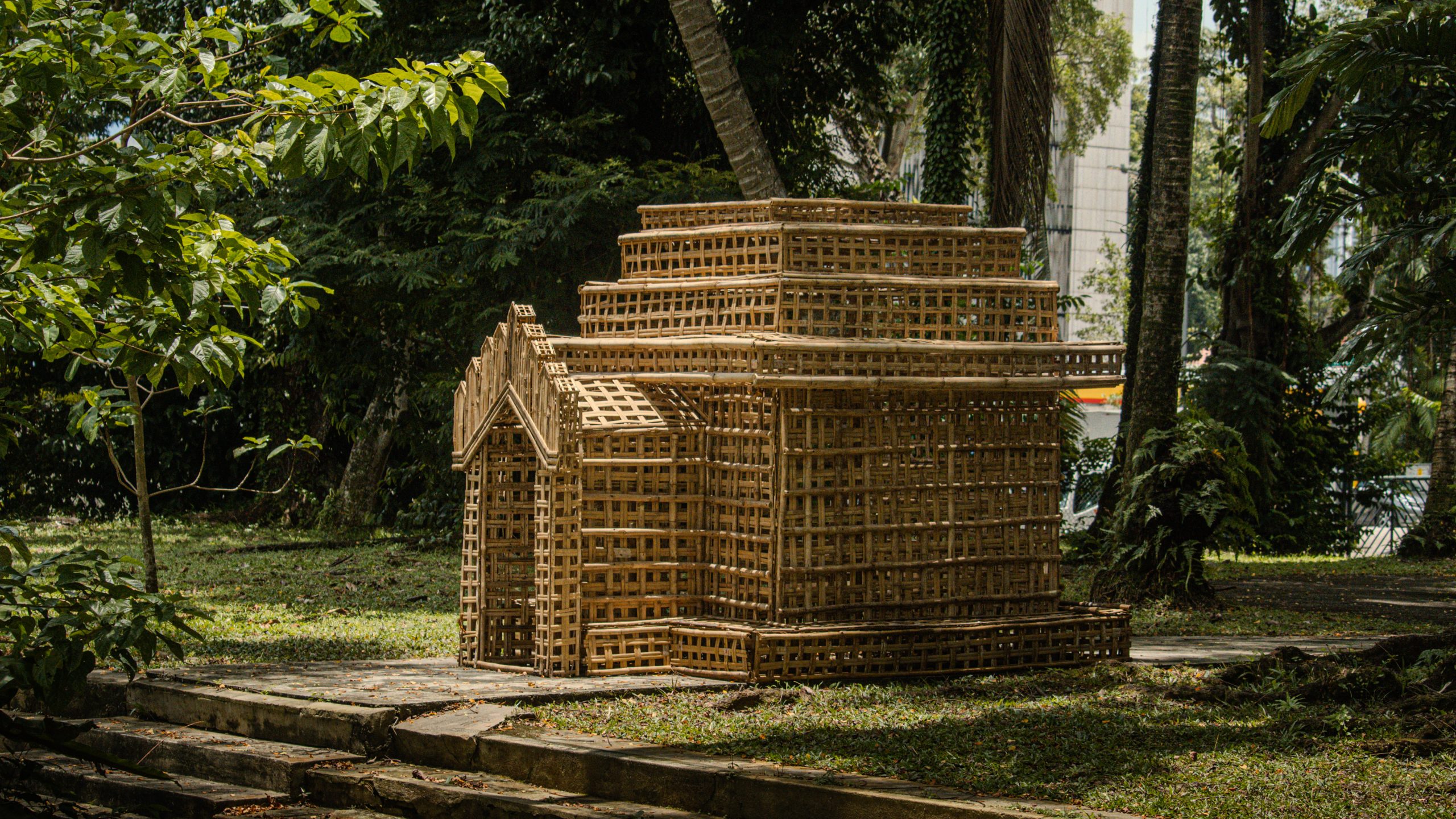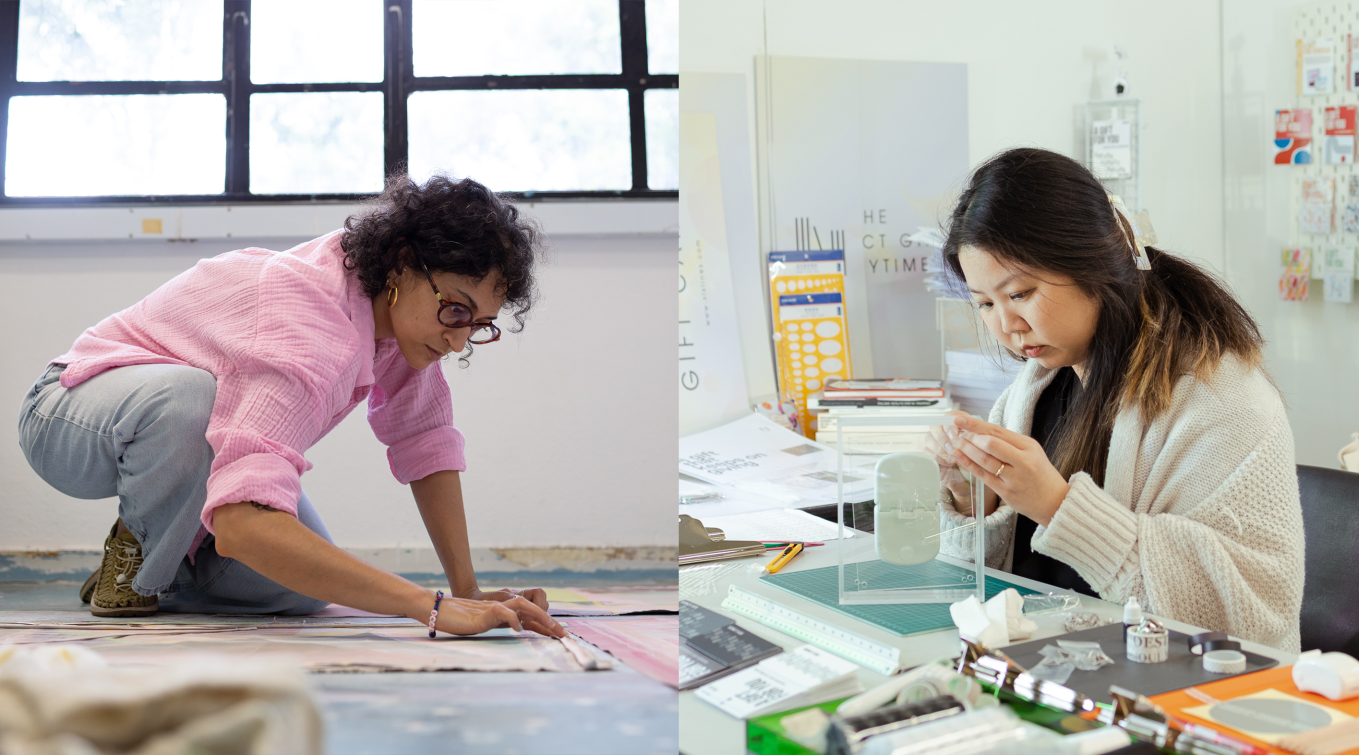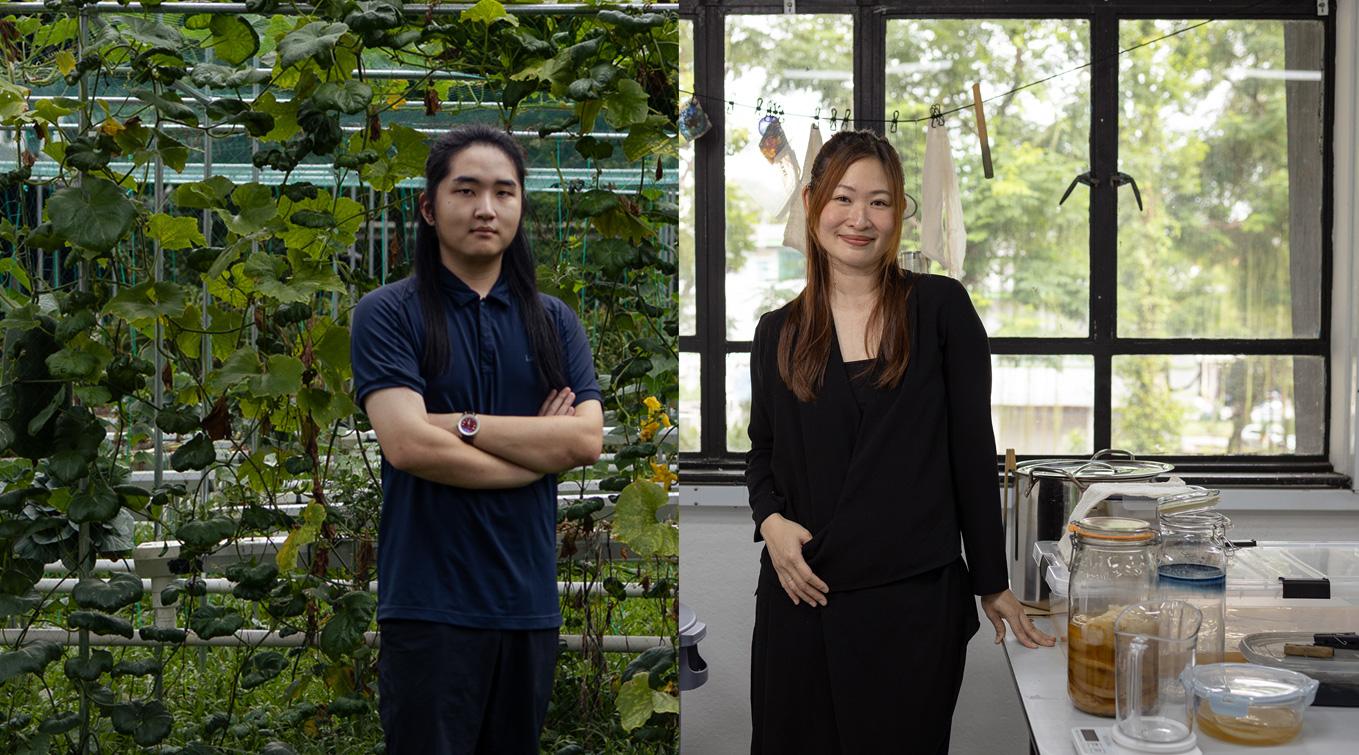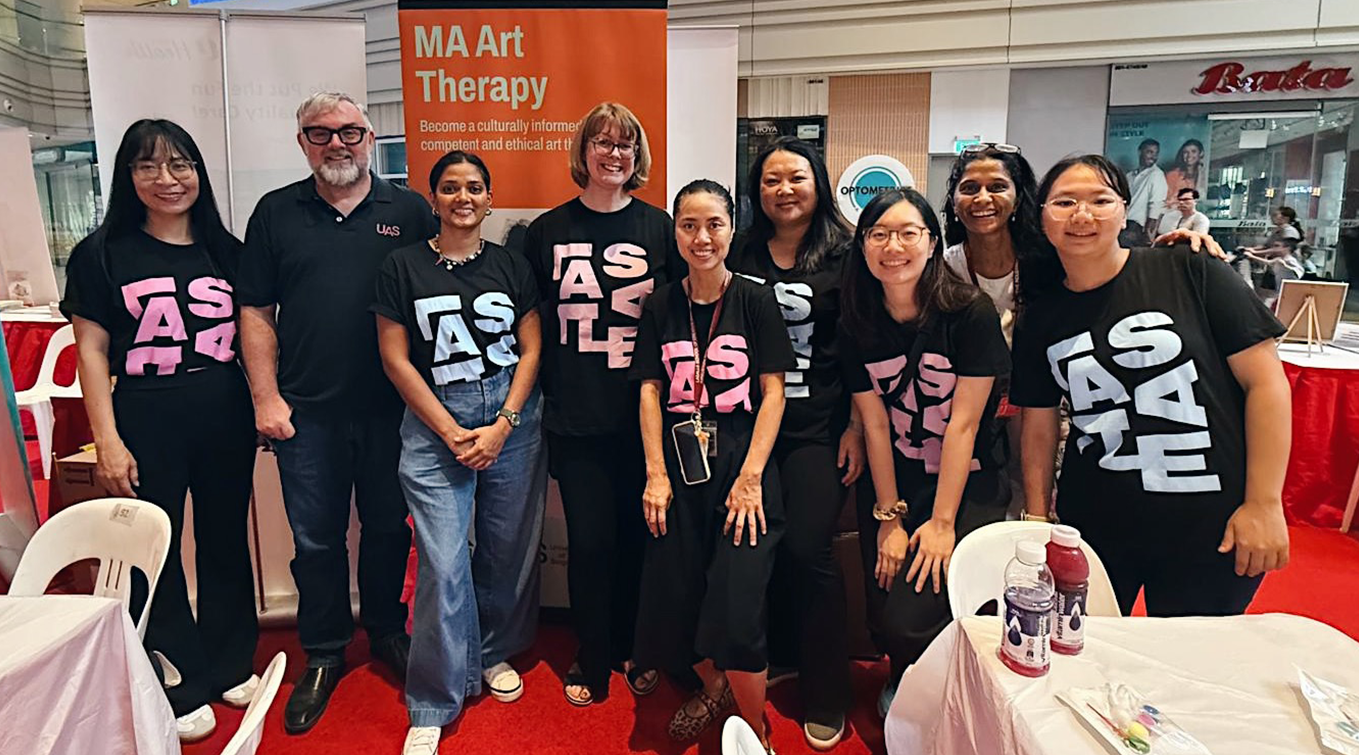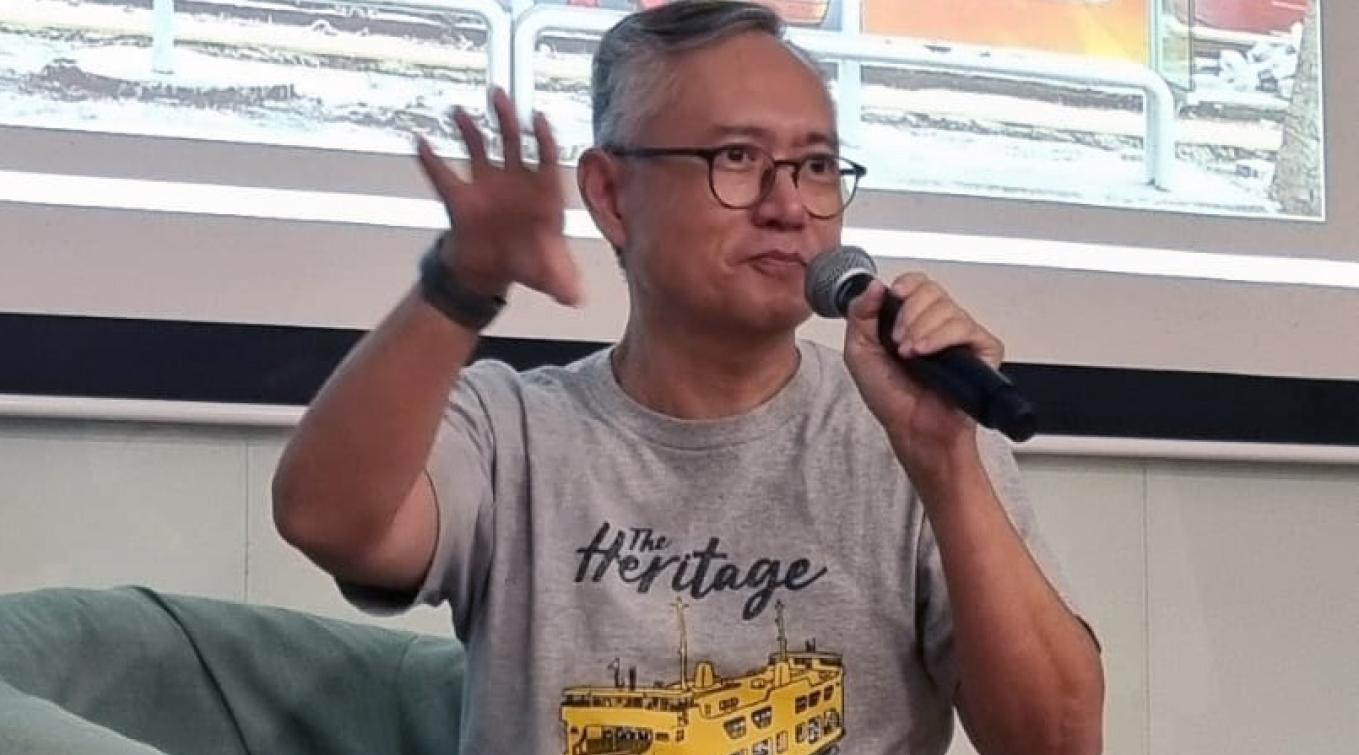In conversation with: MA Design alumnus Heider Ismail on creating a new perception of designers
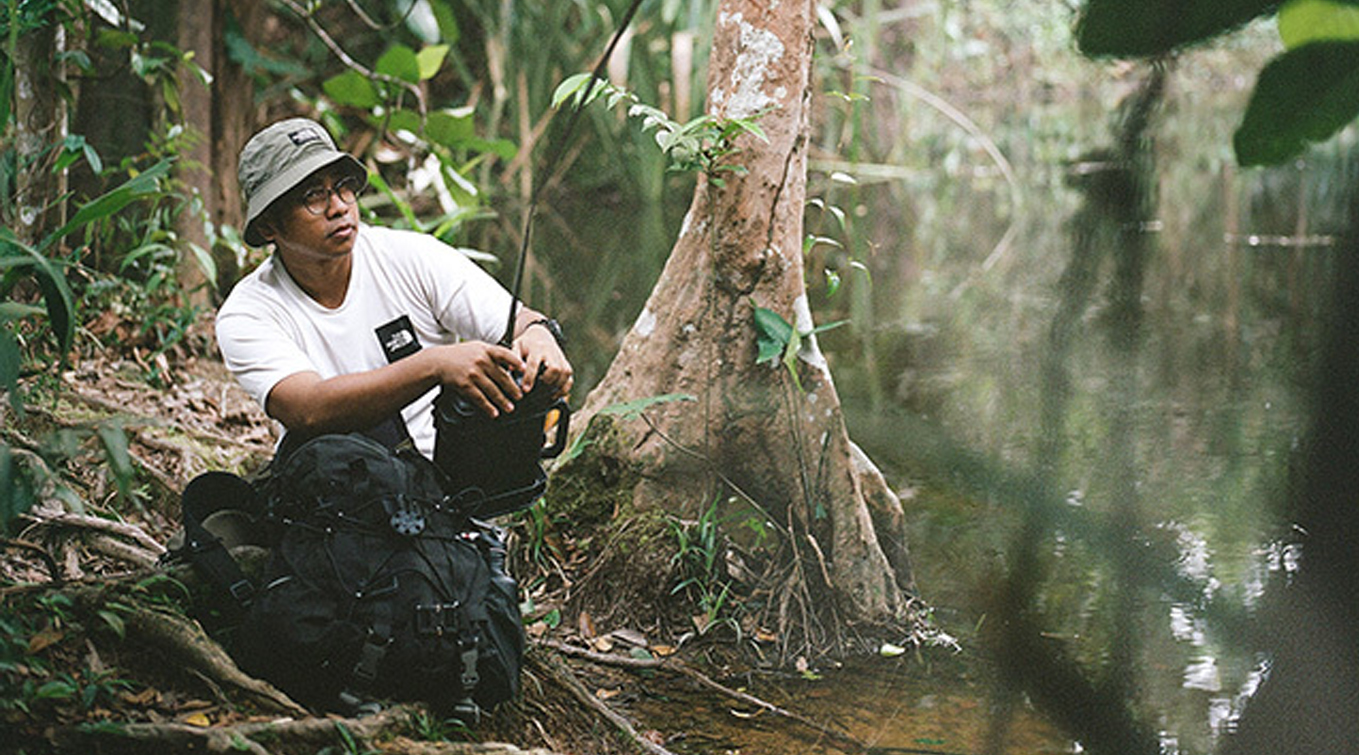
The more time that MA Design alumnus Heider Ismail spent in the jungles of Singapore, the more he noticed how spaces have been developed only for the benefit of humans and not for other occupants – the wildlife that originally inhabited these spaces but which have been displaced by continuous urban redevelopment.
“I wanted to explore the possibilities of ‘redesigning design’, allowing us to design spaces for both human and non-human users such as sambar deer, wild boars and even bees,” said Heider. For instance, a road has no meaning for a non-human road user such as sambar deer, leading to more than six traffic incidents involving the deer since 2016. Given that the estimated population of wild sambar deer in the wild is merely 20, these incidents pose an existential threat to the species.
For Heider, design had the potential to mitigate rising human-animal conflicts, the loss of natural habitats and a slew of other environmental problems. The result is his MA thesis project Alam Se-kita (Malay for ‘our place as one’), which seeks to transform human-centred spaces into poly-species environments through design interventions.
We spoke to Heider about why he returned to LASALLE for his design education, what an MA offers that work experience could not, as well as what the validation of experts from non-design fields such as biology means to him.
You were in the first batch of Diploma in Design Communication at LASALLE’s then-newly opened McNally Campus in 2008, before returning in 2013 for your BA(Hons) Design Communication degree, and then once again in 2020 on a part-time basis in the MA Design programme.
What have you enjoyed about your design education at LASALLE?
I just really enjoy the whole research-based learning experience at LASALLE. Doing fieldwork and research during my Diploma studies was what helped me enjoy design. When I went into the industry, I actually didn’t enjoy the work as much because you don’t always have the time or space to spend on research. Wanting to get back into research was what led me to come back for my bachelor’s degree.
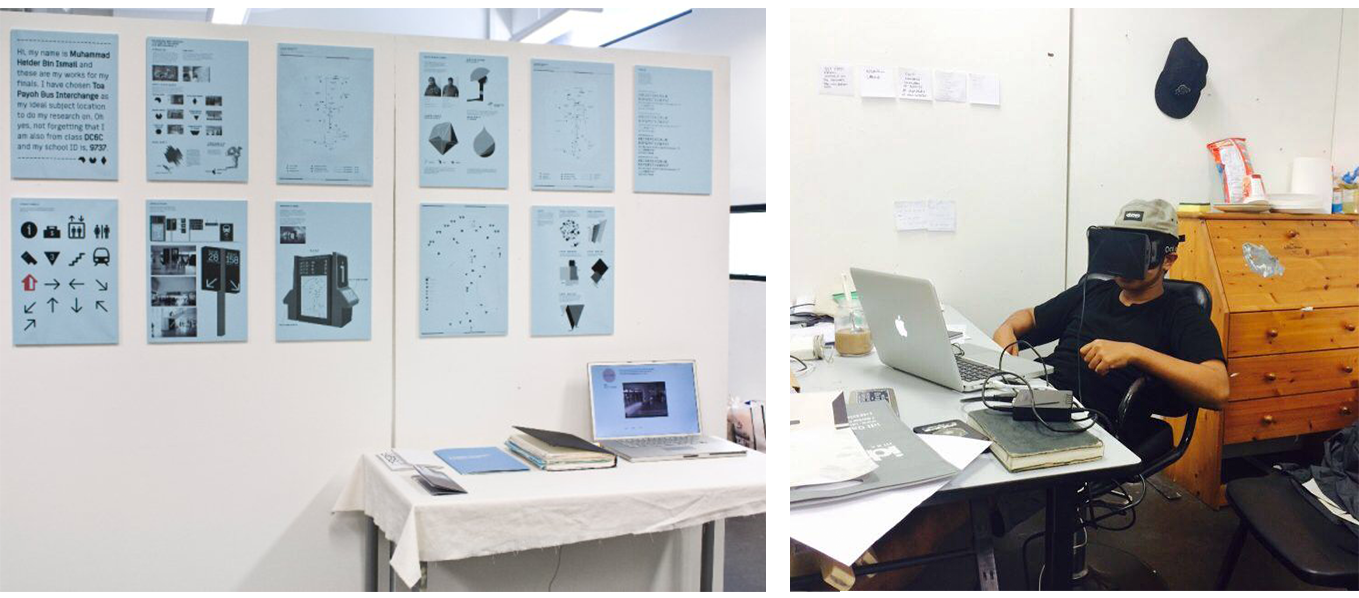
(Left) Heider’s presentation for his research on Toa Payoh Interchange during his studies at LASALLE. (Right) Heider in the design communication studio.
My artistic platform, thesupersystem, actually started from a research project during my BA studies. It started with my research on how to approach graffiti using future technology, before evolving through the years into its current form as a platform that merges technology, science and art. What was initially a school project has given me the opportunities to exhibit in notable venues such as the National Gallery Singapore and also the London Science Festival.
You’ve also worked consistently in the industry since finishing your bachelor’s degree. What did you feel an MA could offer you that industry experience could not?
When I was considering an MA in Design at LASALLE, I looked at what the other people had done in the programme, like Andri Afandi who graduated in 2018. Andri had been my lecturer from my time in the BA(Hons) Design Communication programme, and when I saw the research he had done about food waste and how design can be utilised to re-imagine ‘ugly food’ as a sustainable method of consumption, I thought that was something I wanted to do as well – that mix and match of research and practice-based works.

(Left) Heider (second from left) at Convocation 2015 with lecturers Yasser Suratman (first from left) and Andri Afandi (fourth from right). (Right) Fellow MA Design alumnus Andri’s thesis project.
The mentorship has also been great – my lecturers Dr Harah Chon and Nur Hidayah gave great insights into my work, advised me on what I should or shouldn’t do and guided me really well throughout the entire programme.
What was your biggest takeaway from your MA studies?
Definitely an ease with research methodologies, such as how to go through research papers and draw out ideas that can support your own. It’s paid off also in my work as a creative technologist. Recently in my workplace I worked on a pitch for UOB where we needed research to back up our findings for the project. Because I was already used to the research process, I worked on the research and incorporated it into our pitch and it actually helped us to secure the project quickly.
Do you feel like you’ve been able to achieve your intent to ‘redesign design’ during your time on the MA?
As part of my research for Alam Se-kita, I have had to bring in and consult with people from scientific fields, like animal researchers. I incorporated the outcomes of this research in an exhibition that I curated in April, and so it was interesting to hear qualitative feedback from people who were not from the arts and design industry.
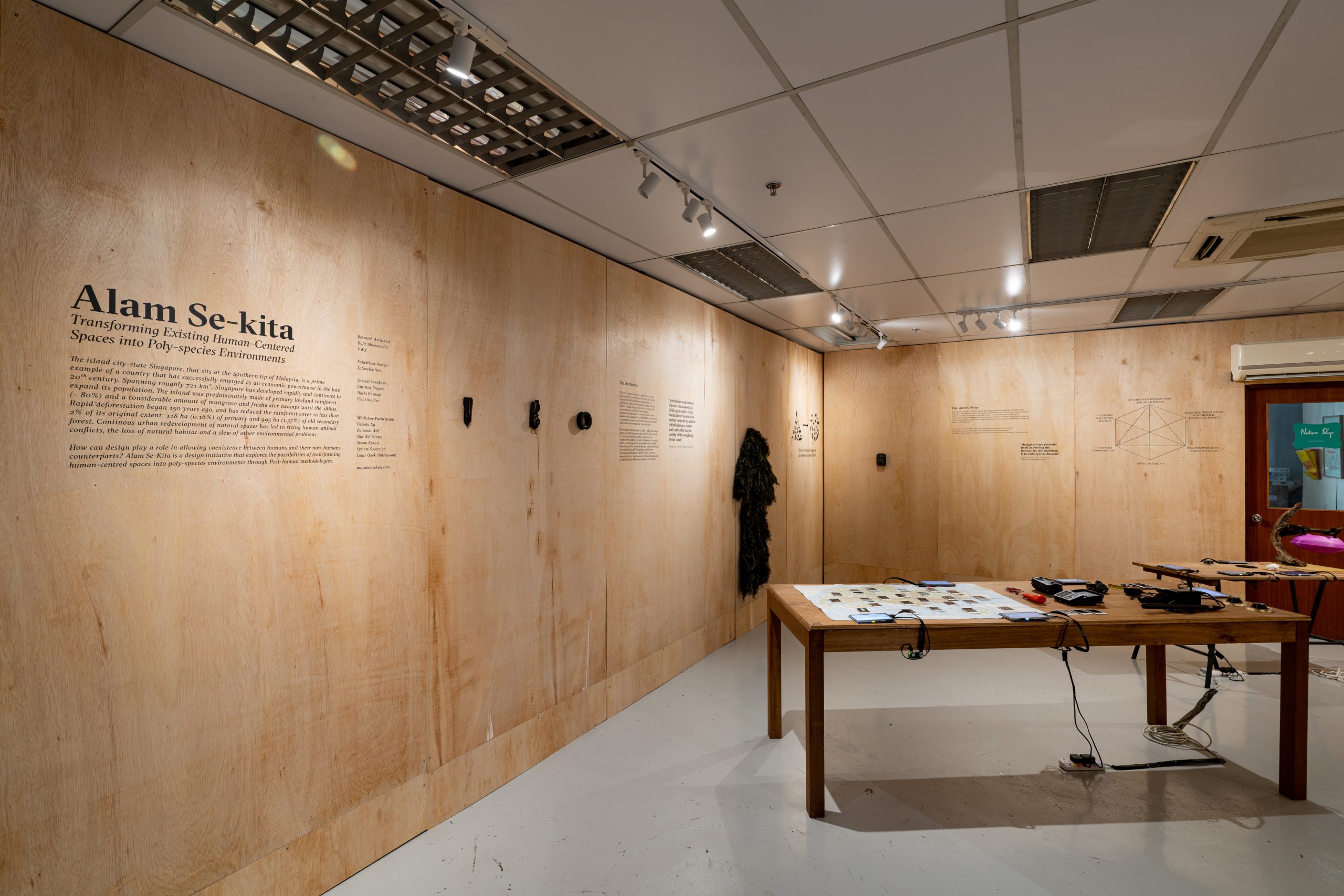
Installation view of Alam Se-kita, which featured works by five artists, including LASALLE BA(Hons) Product Design alumnus Tan Wei Xiang.
It’s been validating that artists, designers and scientists all had positive reactions and reviews so far for the design framework I came up with. I’m not sure if I’ve ‘redesigned design’, but I think through my collaborative efforts I’ve created a new perception of designers in the eyes of non-designers.
Apply now for our postgraduate programmes.




